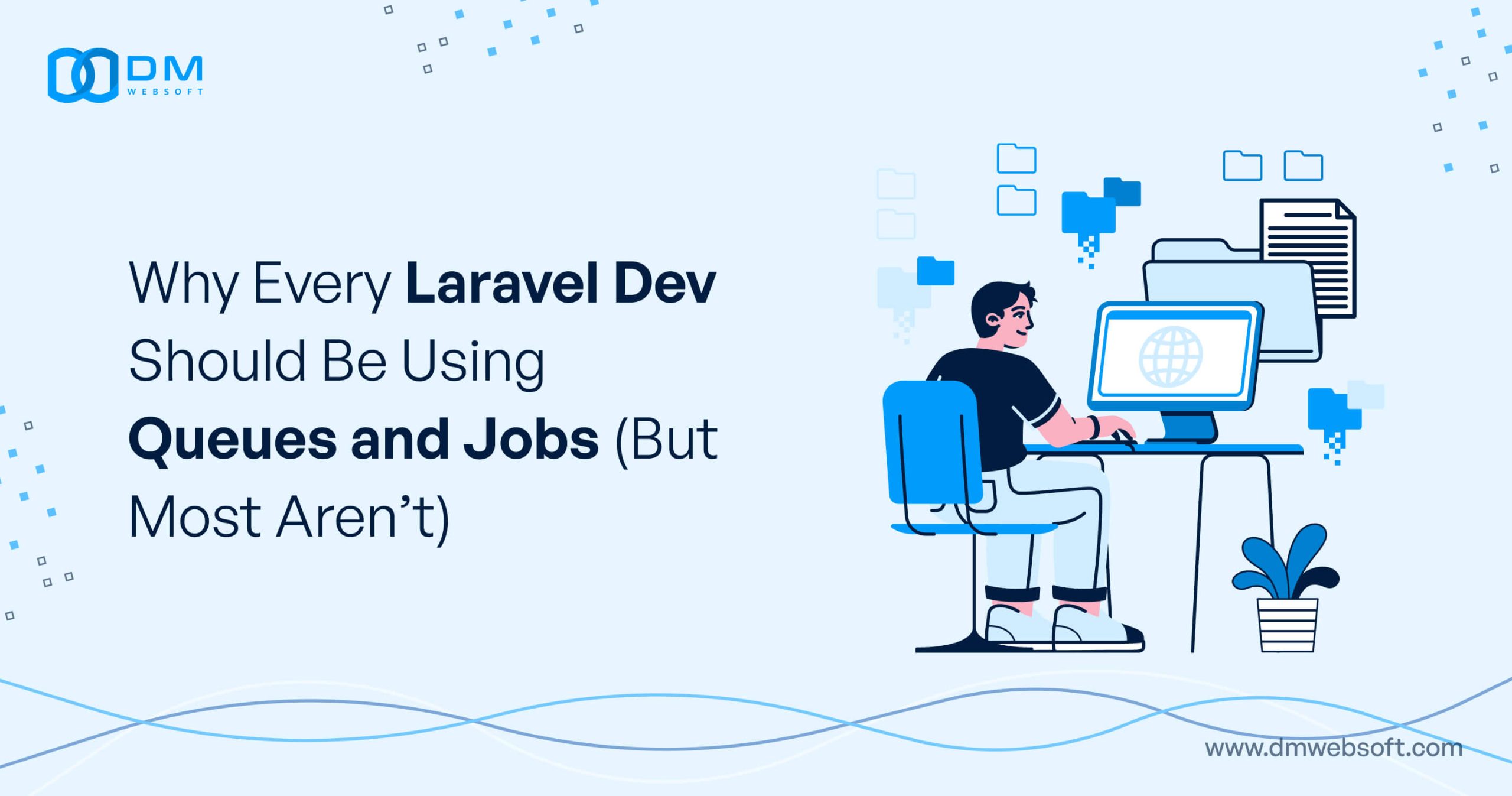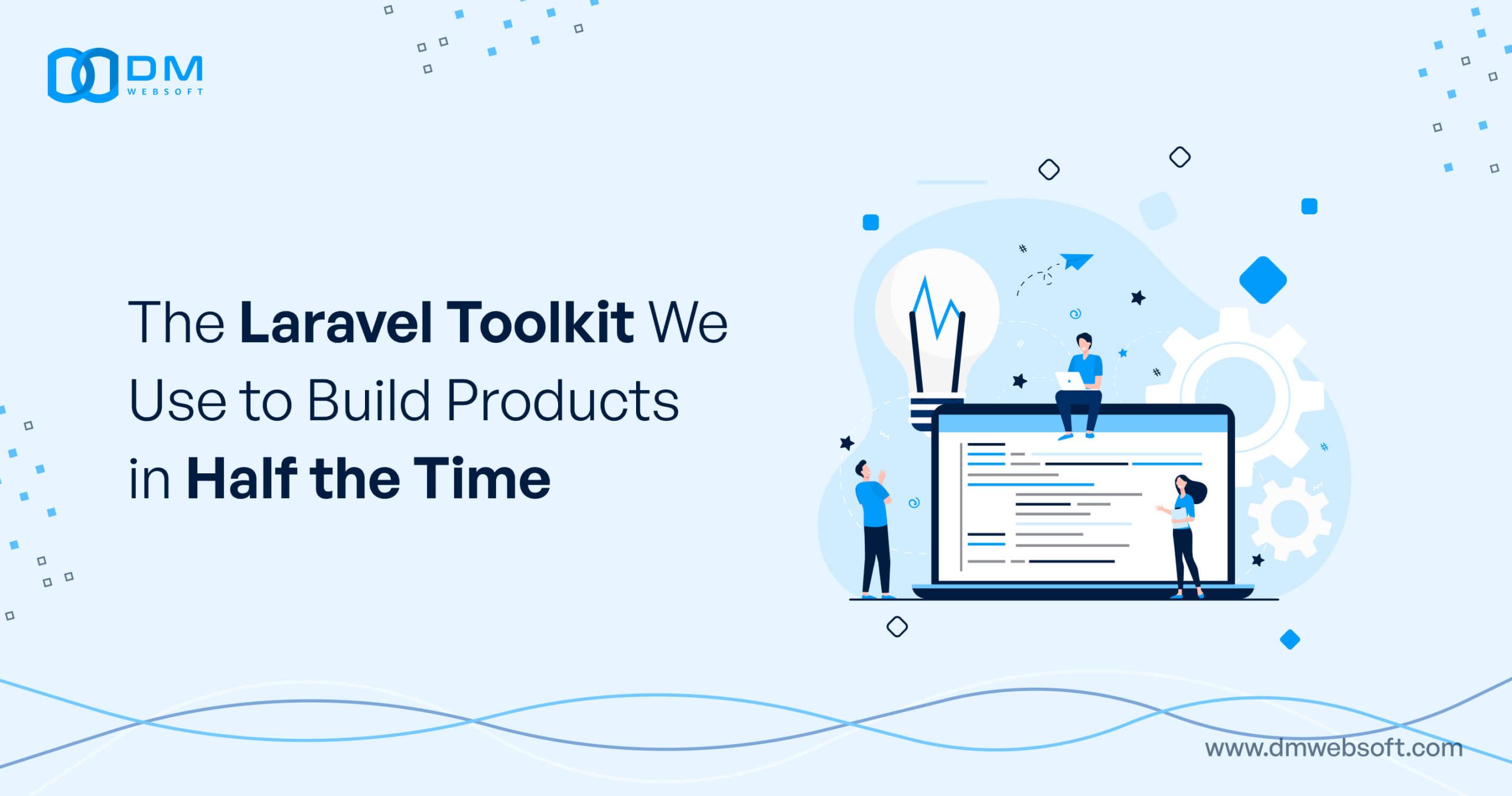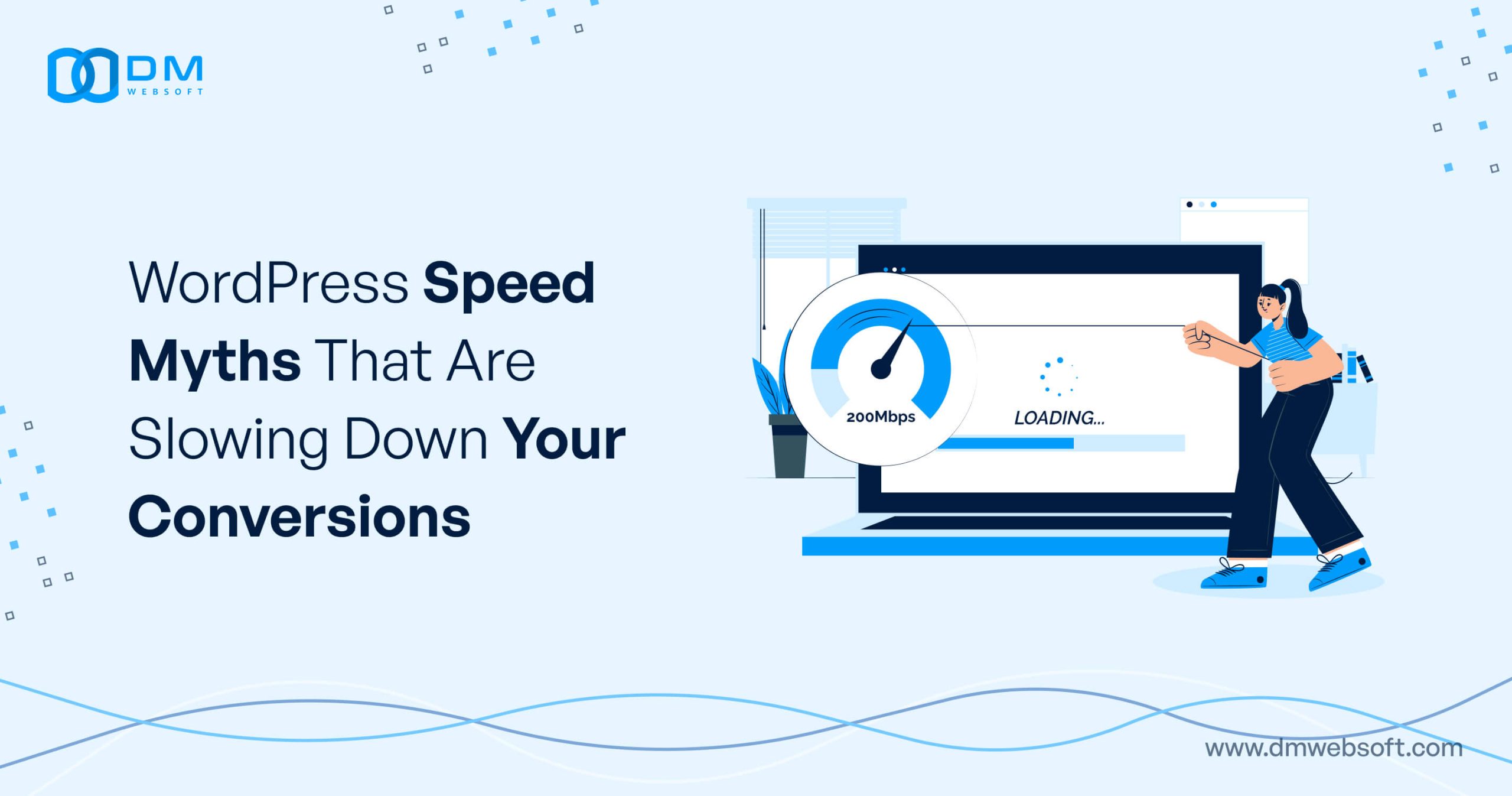DM WebSoft LLP exceeded our expectations! Their seasoned team of experts delivered a website that perfectly captures our brand essence. Their 15+ years of experience truly shine through in their exceptional web development skills.
BNPL (Buy Now, Pay Later) is Taking Over – Should Your Business Join?

TABLE OF CONTENT
Introduction
Key Benefits of BNPL for Businesses
Potential Risks and Challenges of BNPL Implementation
How BNPL is Reshaping Consumer Spending Habits
The Business Case for Integrating BNPL: Is It Right for Your Industry?
Choosing the Right BNPL Provider: Key Factors to Consider
The Role of BNPL in Customer Retention and Loyalty
The Future of BNPL: Trends and Predictions for Businesses
Conclusion: Should Your Business Join the BNPL Movement?
Get in Touch
Introduction

The Buy Now, Pay Later (BNPL) model has been widely adopted in recent years, transforming how individuals shop and pay for products. As e-commerce has expanded, BNPL offers an interest-free, convenient method of payment for purchases over the traditional credit card, appealing to consumers who want to buy without taking on high-interest debt.
One of the principal reasons for BNPL’s popularity is its cost convenience. In contrast to credit cards or loans, customers are able to pay in fixed small instalments without interest when paid promptly. This provides customers with greater comfort of budgeting and planning for their outlay, especially for big-ticket items such as electronics, fashion, and vacations.
Therefore, customers who may have been discouraged by excessive initial costs are more likely to complete the purchase now.
One more reason why BNPL has succeeded is that it is popular with younger generations. Millennials and Gen Z shoppers, in particular, are less likely to utilize credit cards due to debt and interest rate issues. They prefer alternative payment methods such as BNPL, which give them more power in how they spend. According to research, nearly 60% of Gen Z shoppers have used a BNPL solution, which represents a clear shift in consumption behavior toward interest-free short-term credit.
The development of e-commerce payment patterns has also been a contributing factor to the adoption of BNPL. Online stores and web-based shopping platforms now see BNPL as a strong means of enhancing conversion rates and average order value (AOV). With the provision of BNPL at checkout, companies minimize cart abandonment since customers are more inclined to make a purchase when presented with installment payment alternatives. Actually, companies that offer BNPL alternatives see their AOV increase by 20-30% since individuals feel safer when they pay in parts.
In addition, the ease of integration with online platforms gives BNPL an edge as a choice for consumers and businesses alike. All BNPL companies offer instant approval, automatic payment plans, and easy-to-use applications that make it easier and reduce the hassle. In contrast, credit card applications involve lengthy credit checks, whereas BNPL services tend to approve quickly and easily, improving the experience of customers.
With its power to increase financial flexibility, appeal to younger customers, and increase e-commerce transactions, BNPL has emerged as a leading player in the digital payments space. As more and more consumers adopt this model, companies need to assess whether BNPL payment options are compatible with their customer demands and revenue targets.
Key Benefits of BNPL for Businesses

For companies, BNPL is not only a payment method—it’s a revenue driver, customer acquisition tool, and shopping experience enhancer. As consumers demand more flexible payment terms, companies that implement BNPL can realize several benefits that lead to their long-term success.
1. Higher Sales and Conversion Rates
Cart abandonment is a significant concern for online stores, and cost ranks high as the reason customers leave items in their baskets before making payments. BNPL solves this issue by offering a split payments option instead of a single payment. Studies indicate that companies that have BNPL for businesses have increased checkout completion rates, leading to higher sales and income.
2. Increased Average Order Value (AOV)
BNPL prompts customers to spend more at once, resulting in a higher AOV (Average Order Value). The customers feel at ease buying products that cost more as they are being offered the opportunity to pay it back over time without having to pay interest charges. BNPL retailers usually see a 20-30% rise in AOV, as consumers avail themselves of the convenience that BNPL offers.
3. Drawing a Broader Customer Base
BNPL payment products are attractive to millennials, Gen Z, and value-conscious consumers who do not have access to conventional credit cards. Through the adoption of BNPL, merchants can reach a larger audience, including consumers who are interested in alternative financing. This increased reach enables merchants to expand their customer base and increase brand loyalty.
4. Enhanced Merchant Cash Flow
One of the largest benefits of BNPL for merchants is upfront payment settlement. As customers pay in installments, merchants get paid in full in advance by BNPL providers, minimizing cash flow risk. This enables merchants to reinvest revenue in inventory, marketing, and business expansion without having to wait for customer payments.
5. Competitive Advantage in E-Commerce and Retail
As BNPL becomes more widely adopted, companies that don’t provide it risk being left behind by the competition. As large retailers and online marketplaces incorporate BNPL into their payment systems, consumers now anticipate flexible payment solutions. Companies that adopt BNPL get a competitive edge, keeping them ahead in a more digital and customer-focused economy.
By leveraging BNPL, businesses can increase sales, attract new customers, improve cash flow, and stay competitive in the evolving digital economy. However, along with its benefits, BNPL also comes with potential risks that companies must consider before implementing it.
Potential Risks and Challenges of BNPL Implementation

Although it was having a number of advantages, adoption of BNPL is not risk-free. Organizations need to weigh the advantages and disadvantages of offering BNPL to ensure that the advantages are higher than the disadvantages. Some of the key risks are:
1. Missed Payments and Customer Debt
One of the biggest problems with BNPL is that consumers overspend and do not manage their money well. Some consumers have multiple BNPL loans concurrently, and it leads to debt accumulation. When consumers fail to pay on time, they can be charged late charges and financial penalties that hurt a business’s reputation.
2. Regulatory and Compliance Issues
BNPL regulations vary from country to country, and governments are monitoring BNPL providers in case of any risk to consumers. BNPL providers must ensure that they comply with consumer protection laws, finance regulations, and data protection requirements to avoid legal problems.
3. Merchant Transaction Fees
While BNPL facilitates the growth in sales, BNPL providers earn transaction fees ranging from 2% to 8% per transaction. Businesses must determine whether the revenue increase from BNPL offsets the additional fees that they are required to pay to the BNPL service providers.
4. Security and Fraud Risks
Like any online payment system, BNPL is susceptible to fraudulent payment and identity theft. Businesses will have to implement fraud control features, secure payment gateways, and customer authentication mechanisms to contain these threats.
5. Over-Reliance on Third-Party Suppliers
As BNPL involves paying third-party providers like Klarna, Afterpay, and Affirm, companies rely on outside services to process transactions. Technical issues, service downtime, or policy updates by BNPL providers may impact a firm’s business operations.
While BNPL is a lucrative opportunity for firms, it is also a financial, regulatory, and operational risk. Companies need to scrutinize deeply if BNPL is appropriate for their business model, target consumer base, and long-term business growth strategy.
How BNPL is Reshaping Consumer Spending Habits

The emergence of Buy Now, Pay Later (BNPL) has revolutionized the way people shop, manage finances, and budget. Compared to other forms of payment like credit cards with relatively high interest rates and revolving finance, BNPL enables consumers to pay in installments without any added expenses—if payments are timely. This shift in consumer behavior has significantly impacted retailers, e-commerce businesses, and service providers, making BNPL one of the fastest-growing trends in digital finance.
One of the most significant means through which BNPL is changing the way people spend money is by augmenting purchasing power. Shoppers who otherwise would not have proceeded with big-ticket items because they could not afford them in the present might now do so without breaking the bank.
This has brought about increased numbers of larger transactions, especially across sectors like electronics, clothing, holidays, and home furniture. Retails that provide BNPL payment options tend to experience higher average order value (AOV) since consumers feel more comfortable with larger purchases when they have smaller payment amounts.
One significant consequence of BNPL is changing consumer sentiment from conventional credit cards. Successive generations, particularly millennials and Gen Z, increasingly doubt the viability of credit card debt and extended long-term finance consequences stemming from high rates. Gen Z uptake of BNPL has jumped high, given the interest-free financing of products offered by this clientele compared to a revolving credit facility. For businesses, that means offering BNPL is no longer an option—it’s a requirement in order to compete in the retail market today.
BNPL is also affecting repeat shopping and customer loyalty. Consumers who appreciate the convenience of BNPL services offered by companies like Klarna, Afterpay, and Affirm are also likely to return to the firms that provide such payment ease. This not only increases customer satisfaction but also assists companies with better retention rates and repeat sales.
As BNPL becomes increasingly popular, companies need to think about how these shifting consumption patterns will influence their long-term sales strategy, customer acquisition strategy, and financial well-being. Knowing the psychology of BNPL adoption can assist companies in making informed choices regarding incorporating flexible payment solutions into their business model.
The Business Case for Integrating BNPL: Is It Right for Your Industry?

As BNPL continues to be the favorite mode of digital payments, organizations from various industries are exploring whether they can introduce BNPL payment solutions into their businesses. Even though BNPL is predominantly associated with retail and online shopping, it is now making its presence felt in B2B payments, healthcare, tourism, education, and even professional services. An appreciation for how BNPL operates across different industries can enable businesses to make a determination on whether BNPL fits the demand of their clients and profit levels.
For e-commerce and retail, BNPL is already a game-changer. BNPL online retailers experience higher sales, lower cart abandonment, and higher average order value. Customers are more likely to buy if they are offered the ability to pay in installments over time, and hence BNPL is an essential feature for online retailers. Physical store retailers are also adopting BNPL solutions at the point of checkout, further blurring the lines between offline and online shopping experiences.
In the hospitality and tourism industry, BNPL is transforming flight, hotel, and holiday booking. Consumers who shied away from taking expensive vacations for fear of advance payments can now pay in instalments, increasing access to vacation. This greater advance booking, together with higher-quality travel expenditures, is beneficial for airlines, accommodation operators, and travel businesses. Already, there have been companies like Expedia and Booking.com embracing the use of BNPL, which allows individuals to reserve their arrangements without feeling the direct sting of payment.
For healthcare and wellness services, BNPL is becoming an essential tool for patient financing. The majority of medical treatments, including dental care, cosmetic surgery, and eye care, can be expensive and not necessarily covered by insurance. BNPL companies such as CareCredit and Sunbit enable patients to pay for medical treatment in convenient installments, so they can access needed treatments without undue financial burden.
Even the education sector is undergoing BNPL adoption, as schools begin offering installment-based tuition payments for online courses, bootcamps, and certification programs. With increasing numbers of students and professionals looking for flexible learning options, BNPL is making schooling more affordable by dividing tuition fees into manageable monthly installments.
For companies, the decision to implement BNPL is contingent on a number of things such as the customer base, product prices, and business trends. Businesses with expensive products or services, subscription models, or customers who place premium on financial freedom are the most suitable to adopt BNPL. Nonetheless, companies have to consider the operational fees, regulatory factors, and third-party BNPL provider risks before arriving at a decision.
Choosing the Right BNPL Provider: Key Factors to Consider

If a merchant chooses to embed BNPL, choosing the suitable BNPL partner is a matter of paramount importance. With numerous BNPL tools to choose from—Klarna, Afterpay, Affirm, Sezzle, and PayPal Pay in 4 to name a few—merchants need to ascertain which partner aligns most favorably with their sales model, target audience, and payment flows.
The initial consideration is merchant pricing and fee structure. The majority of BNPL providers charge businesses a transaction fee of 2% to 8% per sale. Although the fees seem excessive, businesses will need to decide if the revenue boost and customer retention justify the added expense. Tiered pricing models exist with some BNPL providers, and businesses can choose a plan that best suits their volume of sales.
Another important consideration is customer experience and integration ease. A good BNPL provider must provide seamless integration with current checkout systems, either through e-commerce platforms such as Shopify, WooCommerce, or Magento or through custom API integrations. The provider must also provide a smooth, easy checkout experience, reducing friction and ensuring that customers successfully complete their transactions.
Security and compliance are also a top priority. Companies need to select a BNPL provider that is compliant with financial regulations as well as data protection legislation. With greater regulatory attention on BNPL lending procedures, it is important to use providers that have clear terms, prudent lending guidelines, and good fraud protection procedures.
Another important consideration is BNPL provider reputation and coverage. Certain BNPL services enjoy high brand awareness and consumer loyalty, such that their inclusion can draw in more consumers who are already acquainted with the platform. For instance, Klarna and Afterpay enjoy large consumer bases in the U.S. and Europe, whereas Zip and Sezzle enjoy greater popularity in Australia and emerging markets. Selecting a provider with a robust presence in your target market can boost adoption levels.
Furthermore, businesses need to determine whether they need a proprietary BNPL solution for their specific industry. Some providers provide B2B financing with installment plans for business acquisitions, while others provide short-term loans for retail customers. By understanding the nuances of each provider’s service, businesses can make the most suitable decision for their industry.
Lastly, business firms must also examine the impact of BNPL on customer relations. While BNPL can make sales grow, it can bring problems in overdue payments and controversies. Firms should choose a BNPL company that offers adequate customer support, dispute resolution procedures, and unambiguous repayment arrangements so that clients do not gain bad experiences.
By close scrutiny of fees, integration capacity, security measures, provider reputation, and market concentration, businesses can select a BNPL solution that maximizes sales while minimizing risk. Correct selection of a suitable BNPL provider enables firms to leverage this powerful payment model to enhance customer satisfaction and drive long-term growth.
The Role of BNPL in Customer Retention and Loyalty

As competition in the online economy intensifies, companies seek alternative measures to maintain customers and establish long-term brand loyalty. The most successful tactic of recent years has been the adoption of Buy Now, Pay Later (BNPL) payment options. Although BNPL is most commonly regarded as a sales boost and an enhanced conversion rate tool, its applications in customer retention are every bit as important.
One of the biggest challenges that companies face is to get repeat purchases. Consumers are more likely to come back to a brand if they have a good and hassle-free shopping experience, and BNPL makes it easier for this to happen by making the payment flexible and easy on the wallet. Previous customers who have used a BNPL service and gained from it are more likely to return for future purchases, knowing they can split payments into convenient installments without paying interest. This creates a psychological feeling of security and trust, encouraging repeat business.
BNPL also helps businesses build deeper customer relationships through reducing financial strains. Traditional forms of payment, such as credit cards and personal loans, usually carry high interest charges and harsh repayment terms. BNPL creates a different kind of experience that tastes less bitter, leading to increased customer satisfaction and an emotional attachment to the brand. Most consumers see BNPL as a chance to plan their purchases well, and therefore they are more likely to come back to companies that provide this payment convenience.
Loyalty schemes and BNPL can also complement each other. Most companies that provide installment payment plans combine them with special benefits, discounts, or rewards schemes. For instance, some stores provide additional points or cashback rewards when customers make purchases using BNPL, making them more likely to remain within the brand’s ecosystem. This not only increases retention rates but also encourages customer engagement and brand advocacy.
Also, BNPL offerings tend to include data insights and analytics that assist companies in learning more about customers’ behavior and tastes. Merchants can monitor buying habits, transaction frequency, and expenditure levels, enabling them to customize personalized marketing campaigns and promotions. With the use of BNPL-led insights, companies can send offers and promotions to repeat customers, enhancing the probability of repeat buying.
In the end, BNPL is more than a payment solution—it’s a customer retention tool. By providing financial flexibility, lowering payment friction, and making the shopping experience better, companies can establish long-term relationships with customers, grow lifetime value (LTV), and stand out in a crowded marketplace.
The Future of BNPL: Trends and Predictions for Businesses

As Buy Now, Pay Later (BNPL) becomes increasingly popular globally, businesses must stay ahead of emerging trends and innovations shaping the future of the payment model. From regulatory overhaul to emerging technology advancements, BNPL is unfolding rapidly. By recognizing these key trends, businesses can get ready for the next phase of BNPL growth and know how best to integrate it into their long-term strategy.
1. BNPL Extension Outside of Retail and E-Commerce
While BNPL has so far been associated with retail and online commerce, it is now increasingly extending to other areas such as healthcare, education, travel, and even B2B. For example, medical providers are introducing BNPL to allow patients to pay healthcare costs in installments, hence breaking the affordability of expensive treatments. Similarly, online education websites and online learning vendors are using BNPL to allow students to pay for courses in smaller quantities. Companies that play in these alternative BNPL niches should consider how they can avail themselves of installment-based payments to gain more clients.
2. Regulatory Scrutiny and Compliance Measures
As BNPL products become increasingly popular, governments and financial authorities are paying closer attention to consumer protection and responsible lending. Governments across many countries are enforcing stricter rules to make sure BNPL providers provide transparent repayment terms, avoid over-lending, and enhance transparency. Companies looking to implement BNPL need to remain informed about local financial regulations and compliance standards to steer clear of potential legal issues. Selecting a BNPL provider with a robust regulatory environment will be essential for long-term sustainability.
3. Artificial Intelligence and Machine Learning in BNPL Decision-Making
Artificial intelligence and machine learning are increasingly playing a prominent role in BNPL risk analysis and prevention of fraud. AI-based algorithms are being employed by BNPL providers to examine consumer consumption patterns, credit scores, and payment histories in real time. This tech assists in distinguishing probable risks, making BNPL an affordable and secure mode of payment. Companies that collaborate with AI-based BNPL providers can enjoy more secure payments, less fraud, and enhanced risk management.
Final Thoughts: Future-Proofing BNPL
The BNPL sector is transforming at a rapid pace, and companies need to remain at the forefront of these innovations and trends to optimize their competitive edge. Whether by moving into new sectors, embracing AI-based risk assessment, or merging BNPL with subscription models, companies that embrace the shifting digital payments landscape will flourish in the years to come.
At DM WebSoft LLP, we assist companies with the intricacies of BNPL integration to remain compliant, competitive, and customer-centric. Whether you seek to implement BNPL for retail, B2B, or subscription-based services, our experts guarantee a smooth payment experience customized according to your business requirements.
If you’re looking to adopt BNPL, now is the best time to discover how it can fuel your business success. Get in touch with DM WebSoft LLP today and learn about bespoke BNPL plans for your industry and payment architecture.
Conclusion: Should Your Business Join the BNPL Movement?

BNPL is revolutionizing the digital payment scenario, giving businesses a chance to improve customer experience, induce increased sales, and reach wider. Yet, companies need to exercise caution considering the risks, regulatory needs, and financial expenditure before embracing BNPL.
We, at DM WebSoft LLP, are experts in assisting businesses to integrate secure and scalable BNPL solutions. As an online store, a retail brand, or a B2B business, our experts ensure seamless BNPL integration so you can enjoy the maximum benefits while keeping risks at bay.
If you’re considering implementing BNPL, it is the time to understand how it can transform your enterprise. Contact DM WebSoft LLP today to find out more about how the best BNPL strategies for your industry and payment infrastructure can be implemented.
BNPL (Buy Now, Pay Later) allows consumers to split payments into interest-free installments, making purchases more affordable.
BNPL can increase sales, improve conversion rates, and attract new customers by offering flexible payment options.
Yes, businesses must consider merchant fees, regulatory compliance, and potential customer defaults when implementing BNPL.
BNPL is widely used in e-commerce, retail, travel, healthcare, education, and even B2B transactions.
Yes, DM WebSoft LLP specializes in BNPL implementation, ensuring secure, seamless, and customer-friendly payment integrations.
Get Started Now !
What’s the Process ?
Request a Call
Consultation Meeting
Crafting a Tailored Proposal
Get Started Now !
Real Stories, Real Results. Discover What Our Clients Say

Working with DM WebSoft LLP was a game-changer for our business. Their technical prowess and innovative solutions transformed our online presence. A highly recommended web development agency with a stellar track record.

We are thrilled with the results DM WebSoft LLP delivered. Their deep understanding of web development coupled with years of expertise ensured a seamless and visually stunning website. True professionals!

In a digital age where first impressions matter, DM WebSoft LLP crafted a website that speaks volumes. The team’s attention to detail and commitment to quality set them apart. Thank you for making our vision a reality.

DM WebSoft LLP’s team demonstrated unparalleled expertise. Their ability to navigate complex technical challenges with ease is truly commendable. Choosing them for our web development needs was the best decision.

Exceptional service, unmatched skills! DM WebSoft LLP stands out as a leading web development agency. Their collaborative approach and commitment to excellence make them our go-to partner for all things web-related.

DM WebSoft LLP turned our ideas into a digital masterpiece. The seamless communication and timely delivery of our project showcased their professionalism. Highly impressed with the level of creativity and skill.

Our experience with DM WebSoft LLP was nothing short of amazing. From concept to execution, their team provided top-notch web development services. A reliable partner for businesses looking to elevate their online presence.

DM WebSoft LLP’s team of tech experts is second to none. Their wealth of experience reflects in the quality of their work. Our website not only meets but exceeds industry standards, thanks to their dedication.

Choosing DM WebSoft LLP was the best investment for our web development needs. Their team’s proficiency, coupled with a customer-centric approach, made the entire process smooth and enjoyable. A pleasure to work with!





